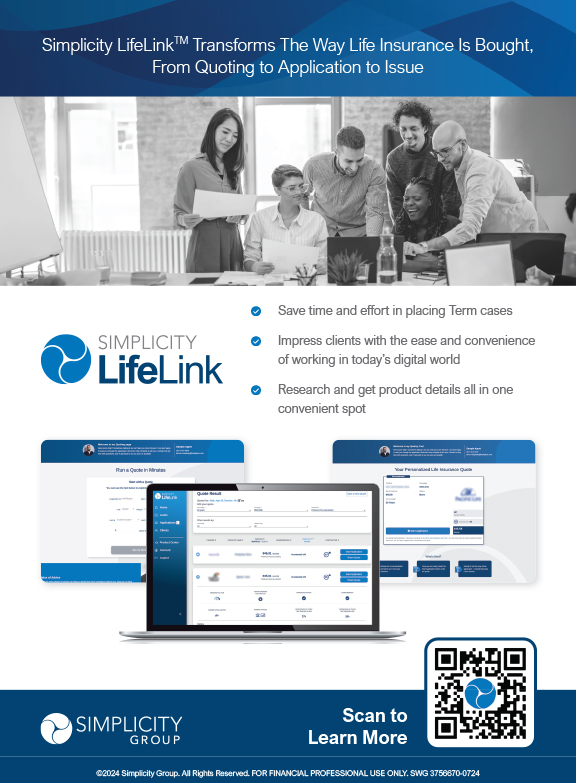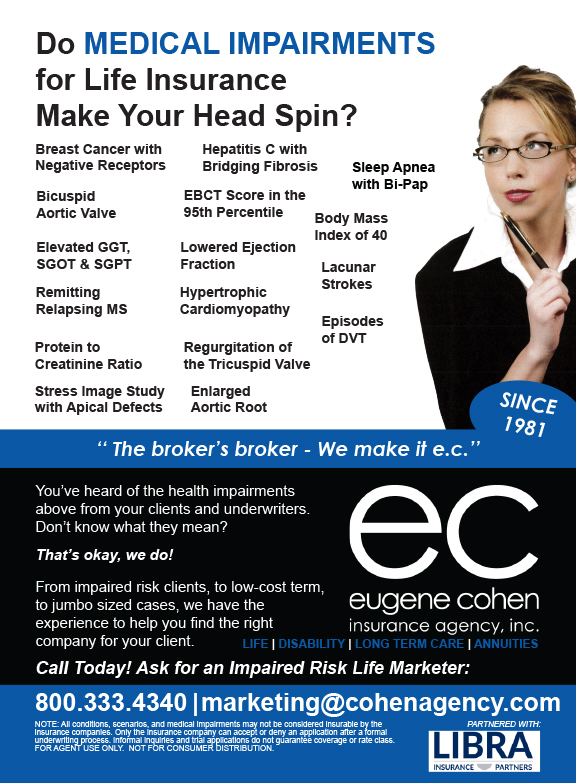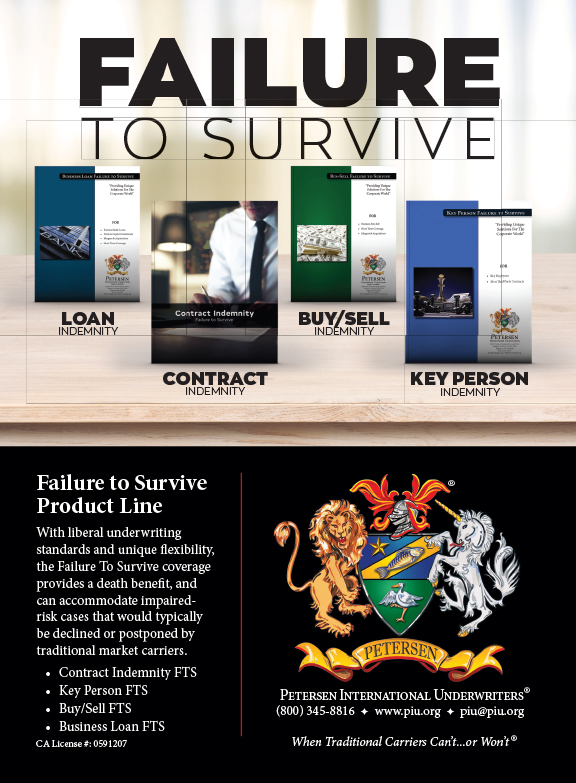What Selling Life Insurance Is All About
In the spirit of full disclosure, this is an article about how to really market life insurance. If you’re looking for sales tips for making quick hits, this is not for you. However, if you’re committed to the value of life insurance and want to achieve superior results for your clients and yourself, you’ll find what you’re looking for here.
Selling life insurance never starts with a policy—it starts with finding the right solution for your client—a task many agents find overly demanding and unnecessarily time-consuming.
Scoping out a client’s needs requires asking the right questions, listening carefully to those answers, developing one or more possible solutions, and arriving at an agreement that best addresses the problem at hand. When this is accomplished, a client must agree that you will construct and price the insurance solution selected.
Thorough Knowledge of a Case
That’s what selling life insurance is all about, but what takes effort is the process for arriving at the most beneficial solution.
The first step is to know the case in its entirety. An agent’s role is to gather the necessary information, while the role of a general agent (GA) or brokerage general agent (BGA) is to analyze data so that it becomes a basis for gaining approval of the most appropriate solution. All of this depends on the interaction between all the parties involved throughout the process.
Advisor and Client Objectives
As a component of this process, both an advisor and a client have their own objectives.
The advisor’s objective. Advisors want to place cases to satisfy their clients’ needs and they want to be paid for their creativity, knowledge and effort—it’s here that the process can become somewhat dicey. An advisor should make it clear that his client’s need is foremost and his need takes second place.
Success and efficiency in achieving the desired result are critical. Equally important, advisors must feel they are doing the most complete job possible, which astute clients recognize intuitively. All of which makes it necessary for an advisor to have a solid grasp of all products, carriers and underwriting solutions.
The client’s objective. Obviously, clients want the best coverage for the best price. In order to achieve this, a client must both fully understand and embrace an insurance solution in order to make the necessary commitment. A skilled agent must be able to answer all client questions as early—and quickly—as possible. Difficulties can and do arise (price, changes to the initial price projections, or medical and financial underwriting delays) and can cause the process to linger. Thus, reminding your client of the conversations that led up to the discussion is helpful.
Financial and Medical Underwriting
The foundation that undergirds meeting both the client’s and advisor’s objectives combines both financial and medical underwriting.
Financial Underwriting. The case size dictates the nature and extent of financial underwriting needed to evaluate and approve a case. Companies have differing requirements, ranging from a notation of personal income and net worth on an application, to third-party documents verifying and detailing various assets and considerations involved in the request for insurance.
Medical Underwriting. It’s here that an advisor plays a key role in obtaining front-end knowledge of a client’s personal and family medical history. The more specific information that is obtained and made available to a GA/BGA, the greater the chances for a more efficient, successful process. This responsibility must be taken seriously, because the fate of a case often depends on it.
Life Insurance Company Underwriting
Any one of dozens of carriers can handle basic risks. However, only a few carriers may be appropriate for a more challenging or sophisticated case with medical issues, financial underwriting concerns and/or pricing questions. It’s with these situations that the knowledge of what can work and what is available to solve the problem at hand is critical.
Individual companies have their own unique approaches to problem resolution and underwriting. It’s important to know this or at least to have a sense of what may be needed for approvals. While this information is readily available, questions still need to be asked.
Companies can retain only a maximum amount of coverage for each risk, based on their financial strength. In some cases, they will reinsure portions of a risk, which makes them responsible to the reinsurer. Retention can range from zero to $40 million for a company. At times, a reinsurance relationship causes a company to be more conservative.
Each insurance company has its own underwriting niches, special capabilities and perspectives. It is possible to receive preferential and more competitive treatment if a company wants to be more aggressive or win a case with underwriting that offers credits for various lifestyle factors. Other companies may have special knowledge and experience in handling various types of risks, i.e., heart or coronary artery disease, certain cancers, diabetes, sleep apnea, particular types of tobacco use, alcohol abuse history or mentions, and moral history, among others. Table shaving and upgrade programs can apply to specific products.
The point is that underwriting criteria and requirements should form the basic components in making carrier selection.
Managing Three Critical Relationships
Perhaps the most significant task in selling life insurance is managing the following three relationships in such a way that the process moves forward to a successful conclusion.
1. GA/BGA with Advisor. The core of this relationship is open and frank discussions about expectations and review of all appropriate alternatives in order to select the best plan that fits the client’s needs.
2. Advisor with Client. Clients must cooperate with their advisor from the start and feel confident that they will receive support in making appropriate decisions and assistance in expediting the case.
3. GA/BGA with Company Underwriter. Mutual respect and a genuine appreciation for the role each performs are necessary ingredients in maintaining a win-win relationship.
Presenting a Case to Underwriting
The methodology for presenting a case to an underwriter is an important step in the sales process. Once the relationships are aligned and the available information collected and analyzed, it’s time to compare company feedback on the case.
At this point, an advisor will have an estimate of what is possible and determine whether it’s likely to meet the desired objective or if it will be necessary to make a mid-course correction in setting pricing expectations.
There are several initial ways to engage a company. Generally, a confidential quote (one that protects the client’s anonymity) is obtained by sending selected companies a carefully crafted summary of the client’s medical picture.
Responses from the summary usually—but not always—give a GA/BGA direction on which one or two companies would be the best choice to pursue further for an offer. If there seems to be a clear indication of a carrier offer, a trial application or informal application is submitted with the entire file.
There are times when a GA/BGA discusses the chances and handling of a case with insurance company officials. It can be useful to let the company know the importance of the case.
Overall, the best strategy is having a plan that is flexible and fully communicated to all parties involved and, at the same time, have back-up plans ready, should they be necessary.
Winning the Case
Winning a life case—making the sale—depends on everyone involved maintaining an open mind and a vision that encompasses one or more courses of action for its resolution. In the final analysis, we all want to deal with those who act with integrity and have a reputation for knowing what they are doing.
There are many ebbs and flows that occur during the course of a case. If they are seen in the best light and dealt with properly, they create a winning result for a very satisfied client who offers many years of repeat business and referrals.

























